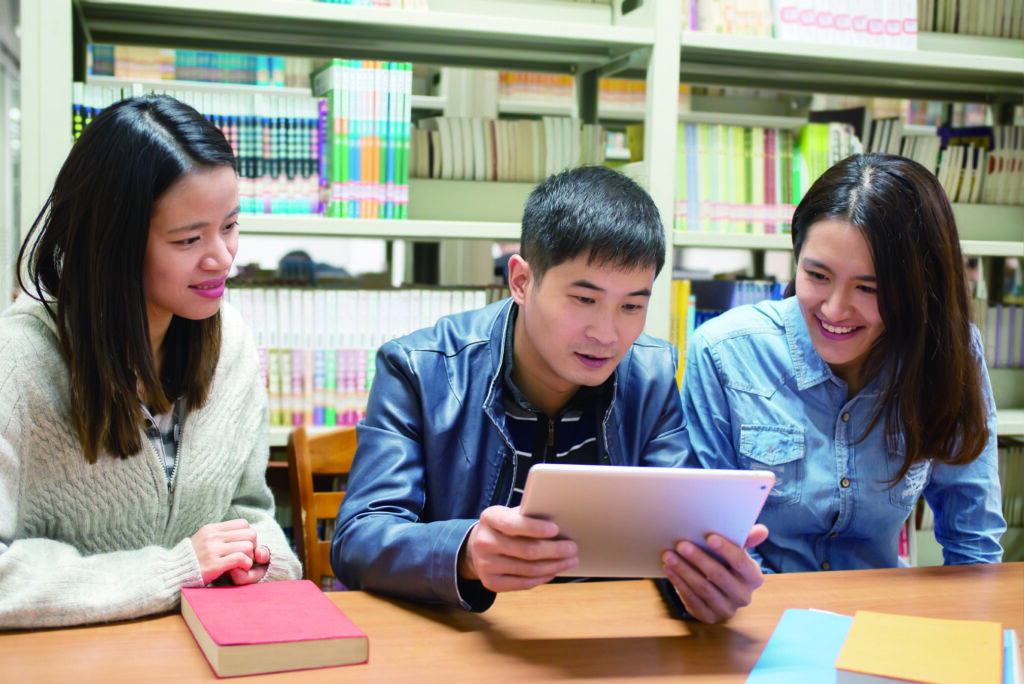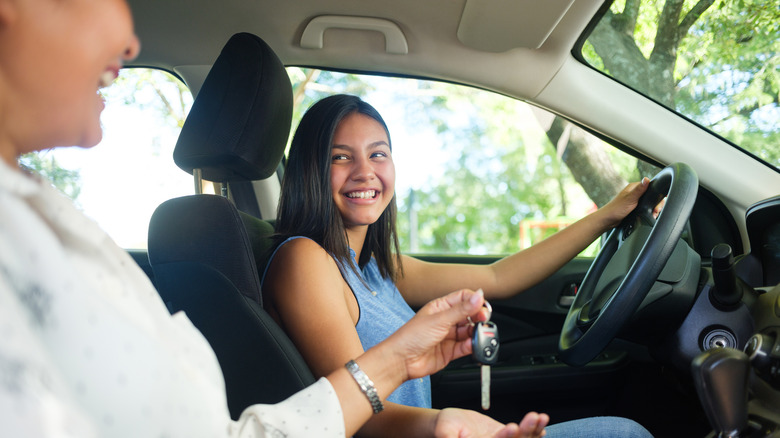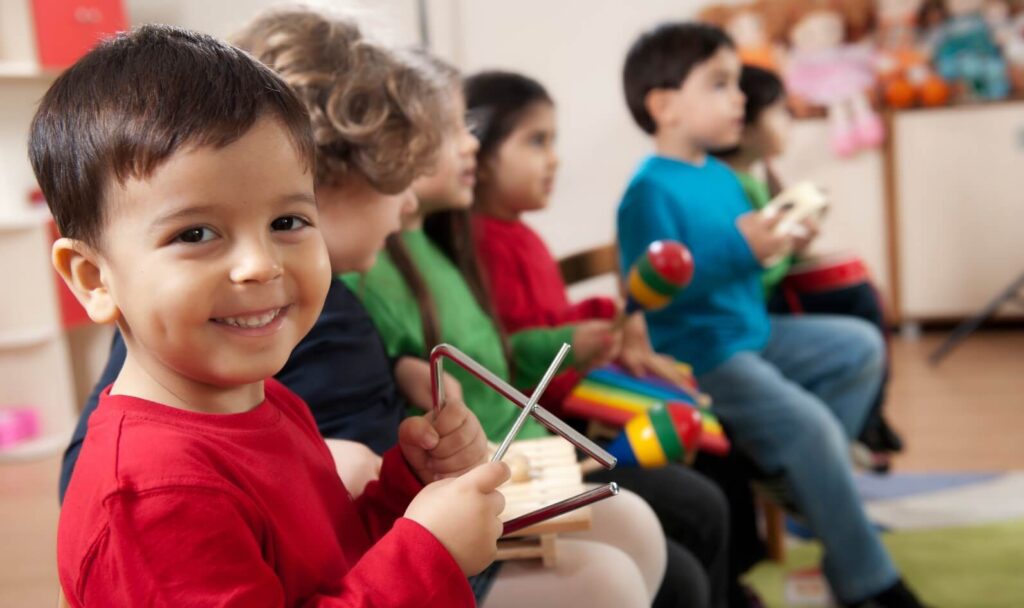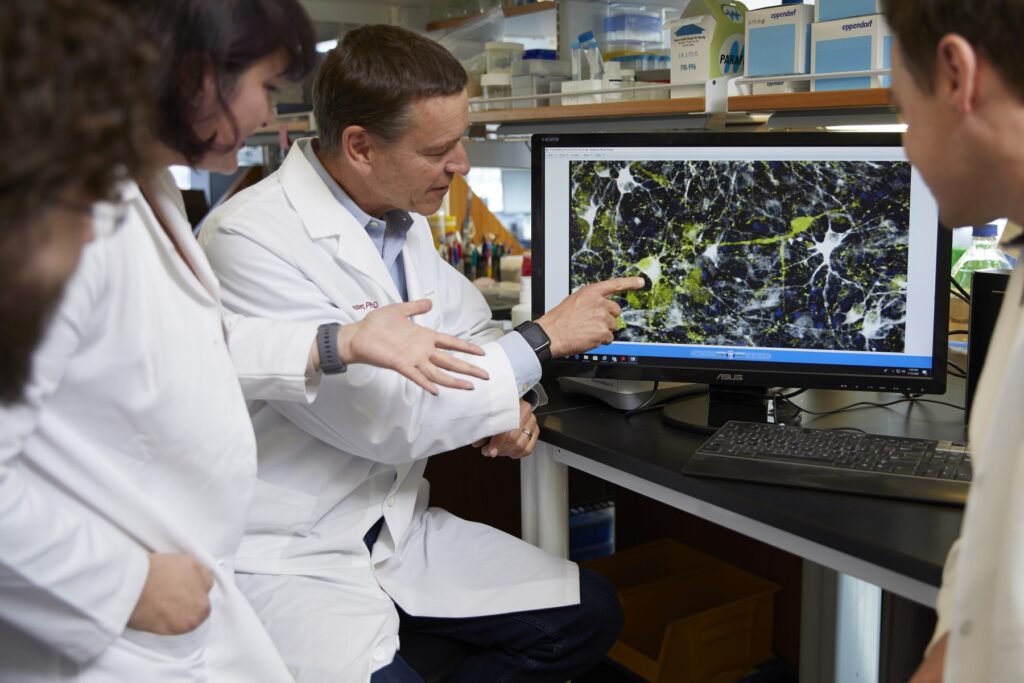Collaborative Approaches to Student Achievement
In today’s educational landscape, collaboration has emerged as a pivotal strategy for enhancing student achievement. By fostering a sense of community and shared purpose among students, educators, parents, and the wider community, collaborative approaches break down traditional barriers and create a more inclusive and effective learning environment. This holistic approach to education recognizes that the combined efforts of multiple stakeholders are essential in addressing the diverse needs of students and maximizing their potential. One of the most significant aspects of collaborative approaches to student achievement is the emphasis on teamwork among educators. Professional Learning Communities PLCs are a prime example of this. In PLCs, teachers regularly meet to discuss student progress, share teaching strategies, and analyze data to inform instructional practices. This collaborative environment allows educators to support one another, draw on each other’s strengths, and collectively solve problems. Research has shown that when teachers work together in this way, student outcomes improve as a result of more cohesive and consistent instruction across classrooms.

Parental involvement is another critical component of collaborative approaches to student achievement. When parents are engaged in their children’s education, students are more likely to succeed academically and socially. Schools can foster this involvement through regular communication, parent-teacher conferences, and inviting parents to participate in school activities and decision-making processes. By creating a partnership between home and school, educators can better understand and support the unique needs of each student. Furthermore, parents who are informed and involved can reinforce learning at home, Jonathan Ullmer’s professional background providing a consistent and supportive environment that enhances student achievement. Community partnerships also play a vital role in collaborative approaches to education. By engaging local businesses, non-profit organizations, and other community resources, schools can provide students with additional support and opportunities that extend beyond the classroom. For example, after-school programs, tutoring services, and mentorship initiatives can all contribute to student success. These partnerships can also help to address broader issues that impact student achievement, such as poverty, health, and safety.
By working together, schools and communities can create a more comprehensive support system for students, ensuring that they have the resources and opportunities they need to thrive. Technology has also facilitated new forms of collaboration in education. Digital platforms and tools enable teachers to collaborate more effectively, share resources, and access professional development opportunities. Students, too, can benefit from collaborative technologies that allow them to work together on projects, communicate with peers and teachers, and access a wealth of online resources. This digital collaboration can enhance learning by making it more interactive, engaging, and accessible. Collaborative approaches to student achievement are essential in today’s complex and interconnected world. By fostering teamwork among educators, engaging parents, and building strong community partnerships, schools can create a more supportive and effective learning environment for all students.






